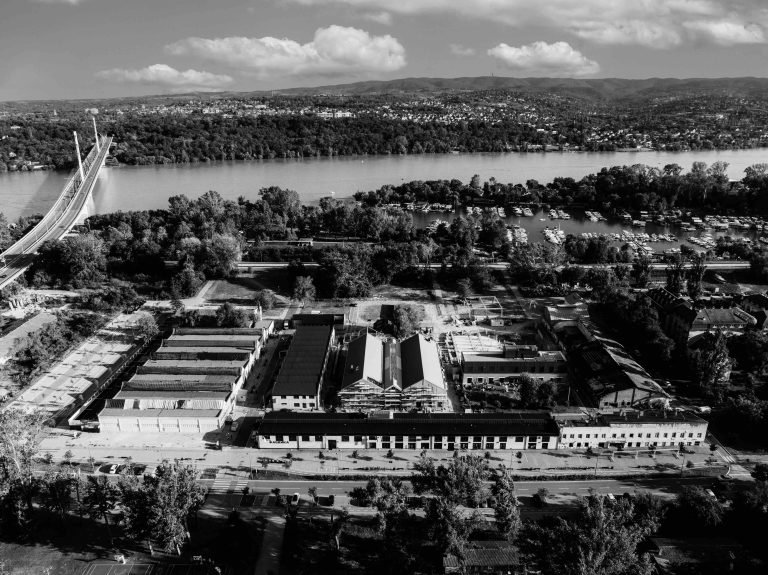Novi Sad has been declared a destination to visit in 2022 in numerous world media, not only due to its rich historical and cultural heritage but also because of the many events held as part of the European Capital of Culture project in a total of eight programme arches throughout the year. Looking back at the previous work of the organisers and thousands of local, domestic, and international artists who visited Novi Sad in the first half of the title year, we see that these efforts have borne fruit – foreign tourists really single out Novi Sad on the European cultural map! Even the statistics show results that we can all be proud of: Novi Sad achieved the largest number of tourist visits in the last two decades!
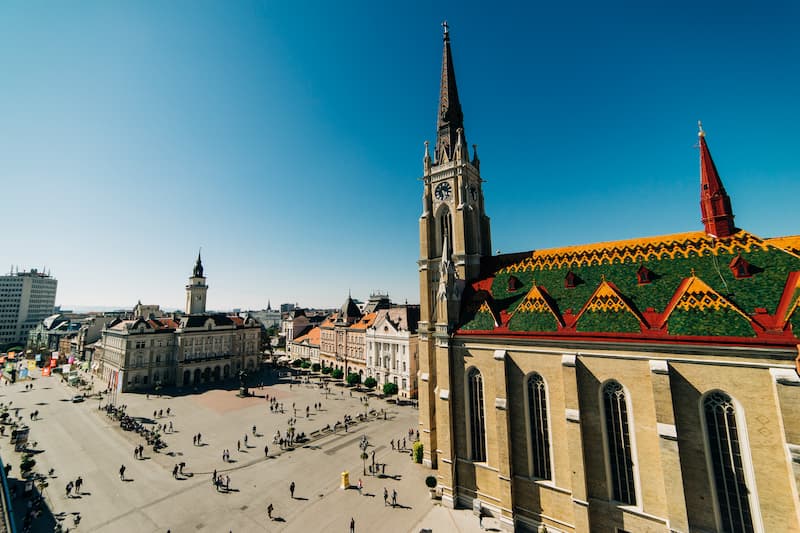
The Largest Number of Tourists in the Last 20 Years
According to the data of the Statistical Office of the Republic of Serbia, Novi Sad broke the record for visits in May, as 58,304 overnight stays and 26,211 tourist arrivals were recorded in our city, which is the highest achieved tourist traffic in one month in the last 20 years. This fact, a point of pride for all the people of Novi Sad, shows that the European Capital of Culture is the most visited city right after the Serbian capital, but that it leads in terms of the number of visits in comparison to spa and mountain retreats in the country. The data from the first quarter of this year show how large this number actually is: between January and March, a total of 32,201 tourists stayed in this city.
Novi Sad has always been considered a city where culture is nurtured and where it represents a way of life. Since the moment this city took the title of the European Capital of Culture, a lot has changed. Novi Sad, as we knew it, is no longer the same. The title brought new artistic energy and new ideas, highlighting the cultural scene, and this is precisely the quality of the city that many recognise and why they gladly come or return to Novi Sad.
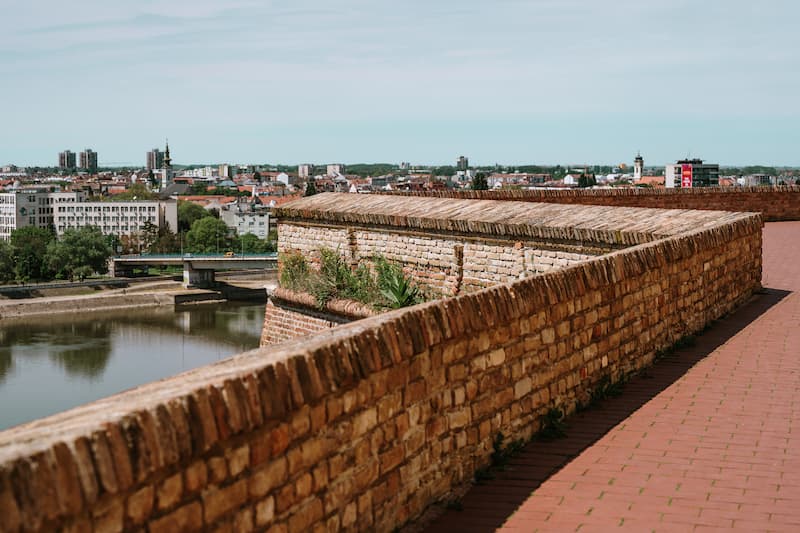
Who Are Our Guests?
Data shows that Novi Sad is most often visited by tourists from Bosnia and Herzegovina, the Russian Federation, Croatia, Slovenia, and Germany. However, the list of countries from which visitors come is nowhere near exhausted because tourists from as many as 48 countries of the world approached TONS tourist info centres in May alone, including those from Great Britain, France, Turkey, India, United States, Albania, Qatar, Bahrain, Lebanon, Iraq, Georgia, Indonesia, Philippines, Japan, Uruguay, Brazil, Argentina… Novi Sad has obviously cemented its position on the European map this year, and that should not be surprising, considering the fact that it was on the lists of media such as the Independent, Evening Standard, Condé Nast Traveller, and BBC as one of the must-see destinations, which we have already written about on our website.
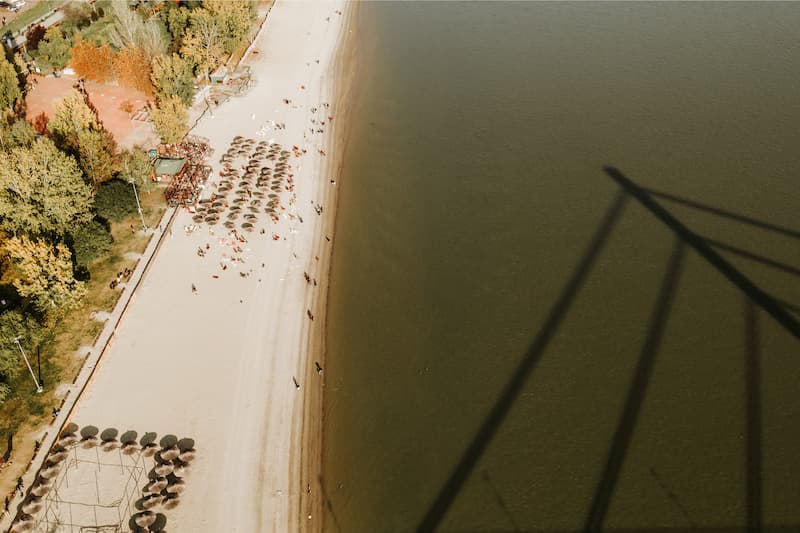
How Does Novi Sad Attract Tourists?
Following, perhaps, advice from these media – which directly recommend the cultural content within the European Capital of Culture programmes and point out abandoned factories and castles turned into Cultural Stations as curios destinations – foreign tourists emphasise the cultural and historical heritage as the most common motive for coming to Novi Sad. Most of all, they like to visit the city centre and parks, but also the Petrovaradin Fortress – because you have to see the medieval fortress, which is home to a big music festival, but the Štrand beach is also a must.
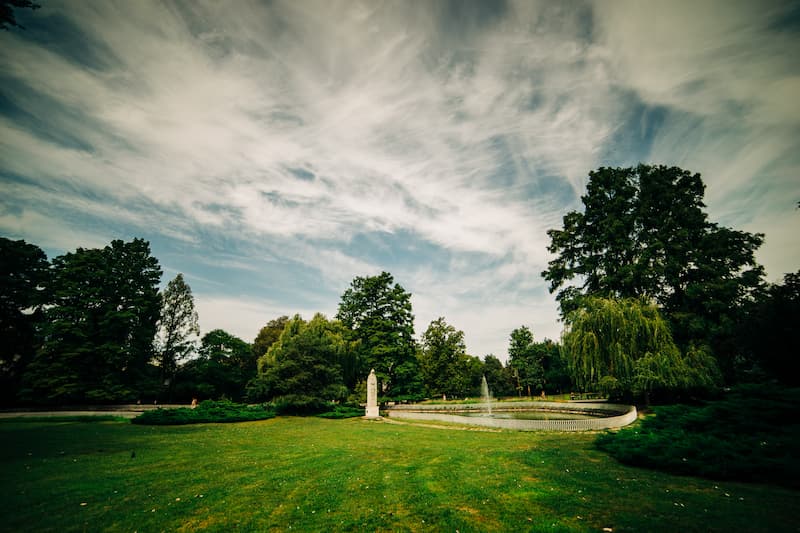
What Can We Expect?
Given that the Tourism Organisation of the City of Novi Sad states that 97.7% of tourists are satisfied with their tourist visit to Novi Sad and that almost all respondents (98.2% of foreigners and 99.6% of domestic tourists) would visit Novi Sad again, we can almost certainly expect to see the previous guests again. This should not come as a surprise, because the European Capital of Culture is only halfway to completion, and we still have hundreds of cultural events to see and enjoy! Tourists share this opinion, and another motive for their visits was the hospitality of the local people, as well as tradition, events, and heritage, so we can only hope for even better results in the coming months.
Author: Tihana Smiljanić
Photo: Vladimir Veličković, Jelena Ivanović



